Patients with kidney failure can filter their blood at home using peritoneal dialysis during the Tet holiday.
Dr. Nguyen Thi Thanh Thuy, Department of Nephrology - Dialysis, Center for Urology - Nephrology - Andrology, Tam Anh General Hospital, Ho Chi Minh City, said that peritoneal dialysis or peritoneal dialysis uses the peritoneum to filter waste and excess fluid to replace the impaired kidney function.
One of the advantages of peritoneal dialysis is that patients can perform it at home, suitable for patients who live far away or cannot go to the hospital regularly. To perform this method, the patient must have a catheter (peritoneal dialysis catheter) surgically placed on the abdomen at least two weeks in advance.
There are two methods of peritoneal dialysis: machine peritoneal dialysis and manual peritoneal dialysis. The specific implementation for each method is as follows:
Peritoneal dialysis:
- Wash your hands thoroughly with soap.
- Install the fluid delivery system (including 6 tubes) into the peritoneal dialysis machine, close all clamps on the tube body.
- Place the fluid bags (number of fluid bags and fluid concentration depends on each patient's indication) near the peritoneal dialysis machine, place the drainage bags on the ground.
- Open the clamp, connect the discharge hose (the rightmost hose in the hose set) to the discharge bag and press the machine start button.
- Wash your hands again.
- Open the clamps on the fluid supply lines and connect them to the fluid bags.
- Wait for the machine to check the patient's wire (the leftmost wire), then connect this wire to the catheter on the patient's abdomen, being careful not to touch the connection head (transfer set).
- Press the machine operation button.
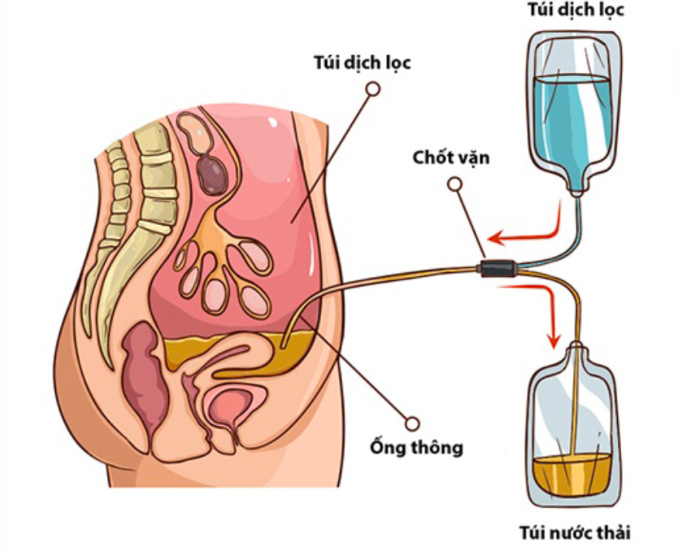
Illustration of peritoneal dialysis. Photo: Provided by the hospital
Manual peritoneal dialysis:
- Wash your hands with soap, wipe the table where the fluid bag is placed with medical alcohol.
- Prepare necessary tools including two specialized clamps (blue clamps), one minicap (cap to cover the end of the connecting tube in peritoneal dialysis), remove the fluid bag and place the fluid bag, blue clamps, and minicap on the table.
- Wear a mask, wash and dry your hands.
- Check the fluid bag, separate the two bags and two wires.
- Use the green clip on the wire to put the liquid into the clean water bag, break the green safety lock of the bag.
- Hang the fluid bag on the hook, place the empty bag on the ground.
- Take the adapter out of the clothing, check and make sure the adapter is locked.
- Wash your hands with antiseptic solution or medical alcohol.
- Use your non-dominant hand to hold the end of the bag, use your dominant hand to hold the pull ring cap, pull the pull ring off the bag, and drop the cap to the ground. Use your dominant hand to hold the adapter, and use your other hand to open the minicap off the adapter.
- Connect the adapter to the fluid bag, turn the white knob inside to open it to drain the fluid soaked in the stomach into the bag below until it is gone, then close the turn lock.
- Remove the green clamp on the inlet line, count from one to five to release all the air in the bag, then clamp the outlet line again.
- Open the rotation lock to let new fluid into the abdomen, then close it when all the new fluid has entered. Use the remaining green clamp to clamp the fluid inlet line.
- Wash your hands with antiseptic solution or medical alcohol. Open the new minicap cover package, check if the cotton inside the cover is still wet with antiseptic solution.
- Disconnect the adapter from the double bag, put on the new minicap, and insert the tube into the bag.
- Check the discharged fluid, weigh the discharged fluid, record the amount of fluid in or out and the color.
- Cut the corner of the drainage bag, pour out and throw away the bag, keep the green clip. Clean and sanitize the table, green clip, towel and drainage area.
Dr. Thanh Thuy recommends that although peritoneal dialysis is simple, in order to be able to perform it at home, patients and their families must be instructed by a doctor and practice it thoroughly. In addition, people with kidney failure need to periodically go to the hospital for check-ups according to the doctor's appointment to monitor their condition.
During the process of self-peritoneal dialysis at home, if infection, low blood pressure, hypothermia, heart rhythm disturbances, fluid leakage from the abdomen, catheter prolapse, bleeding at the catheter site... are detected, the patient must go to the hospital immediately.
Thang Vu
Source link



![[Photo] Prime Minister Pham Minh Chinh chairs meeting to discuss tax solutions for Vietnam's import and export goods](https://vstatic.vietnam.vn/vietnam/resource/IMAGE/2025/4/10/19b9ed81ca2940b79fb8a0b9ccef539a)



![[Photo] Phuc Tho mulberry season – Sweet fruit from green agriculture](https://vstatic.vietnam.vn/vietnam/resource/IMAGE/2025/4/10/1710a51d63c84a5a92de1b9b4caaf3e5)
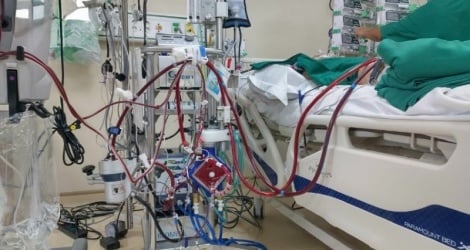





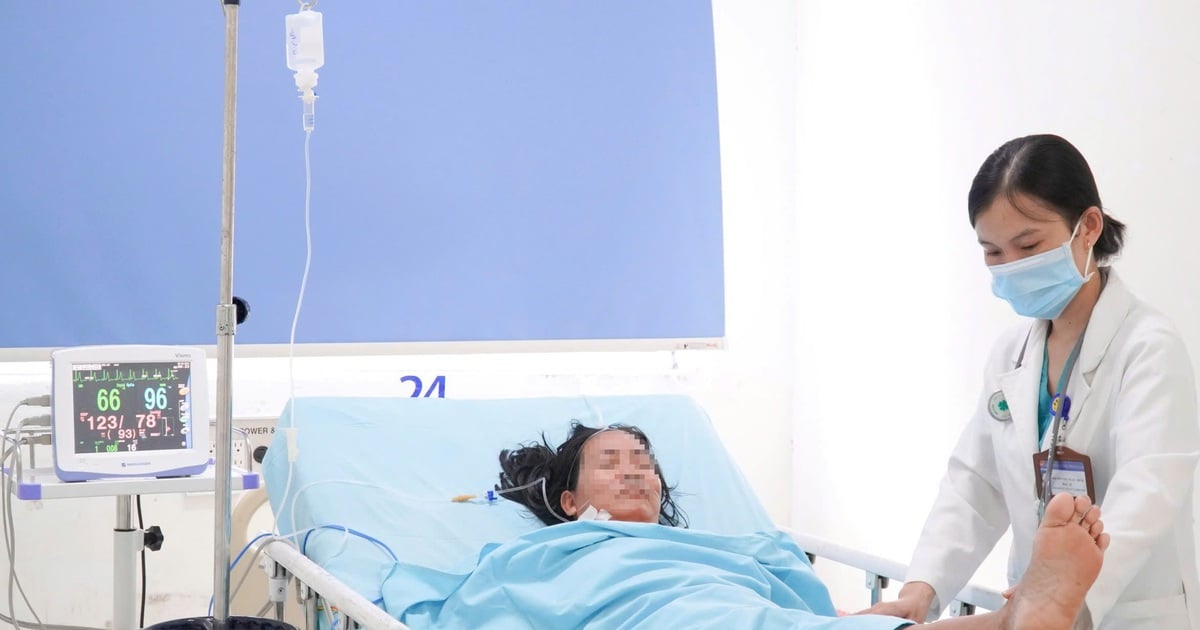
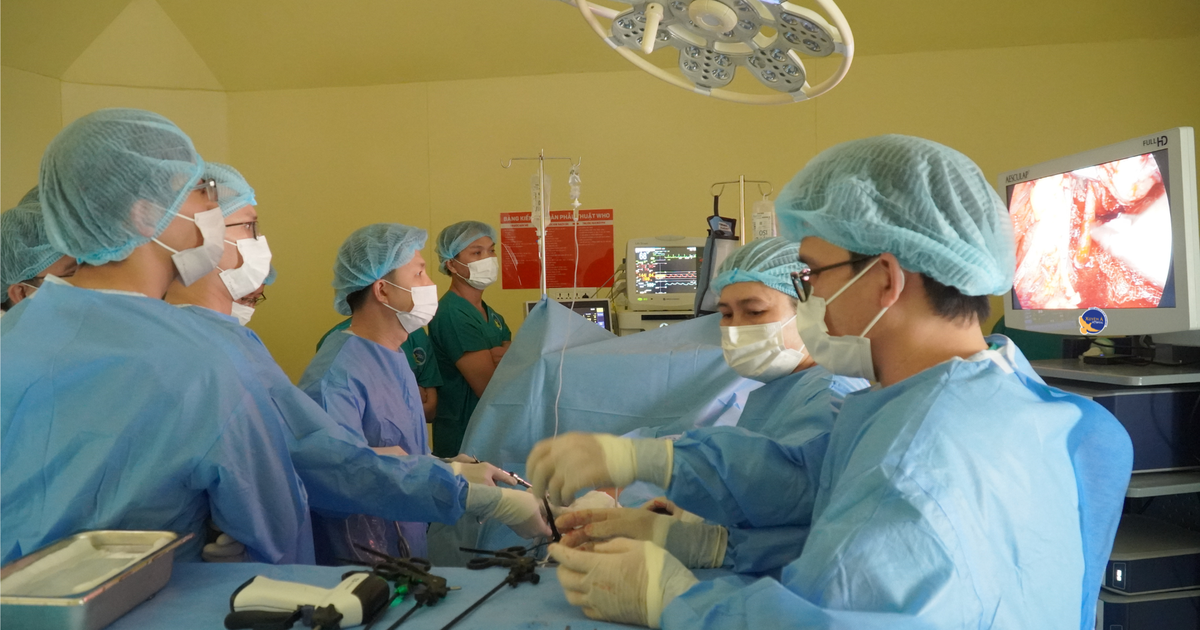
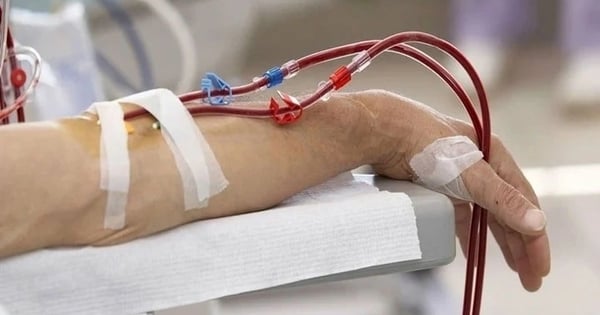



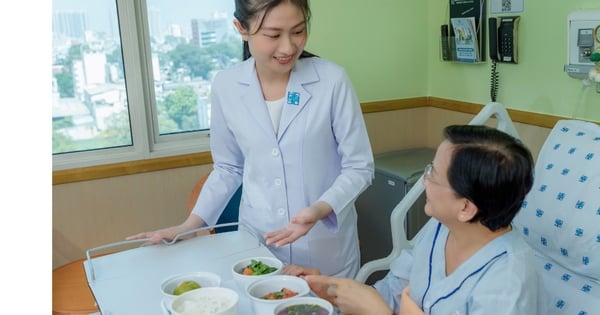













![[Photo] Unique folk games at Chuong Village Festival](https://vstatic.vietnam.vn/vietnam/resource/IMAGE/2025/4/10/cff805a06fdd443b9474c017f98075a4)




















































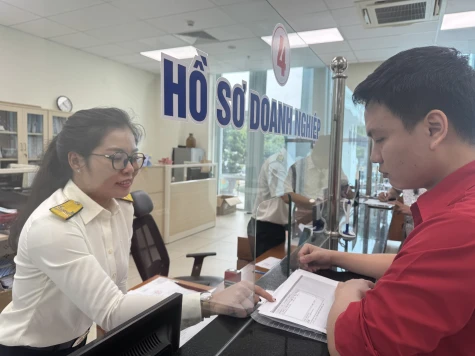

![[Photo] Taking advantage of every sunny hour, asphalting the road through the old forest of Y Ty](https://vstatic.vietnam.vn/vietnam/resource/IMAGE/2025/4/11/c11987f152014781abe6aad9e09fb401)











Comment (0)